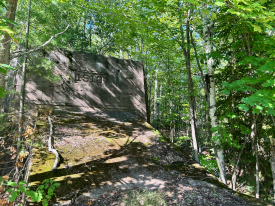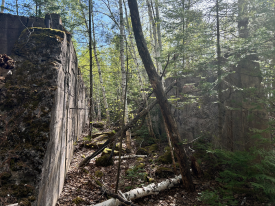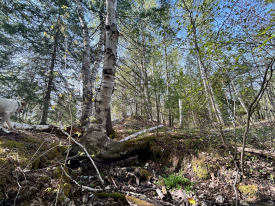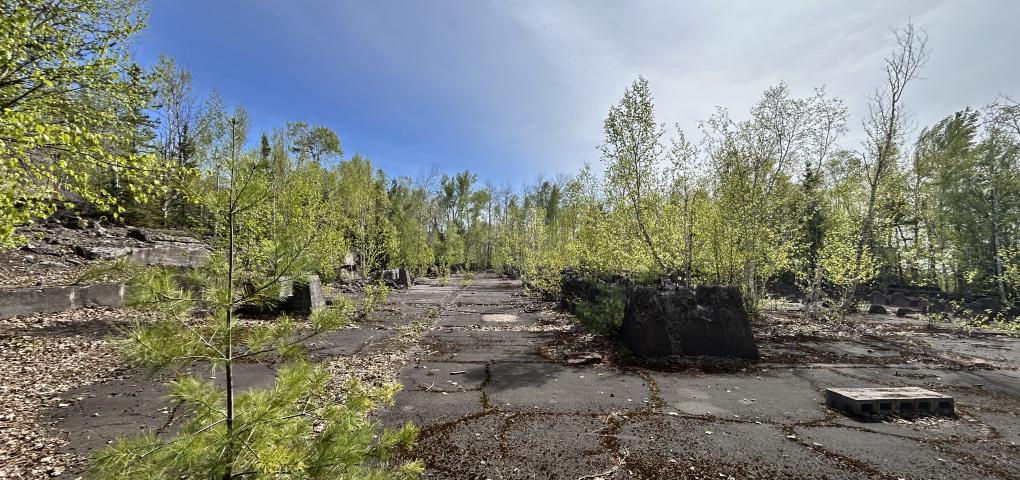
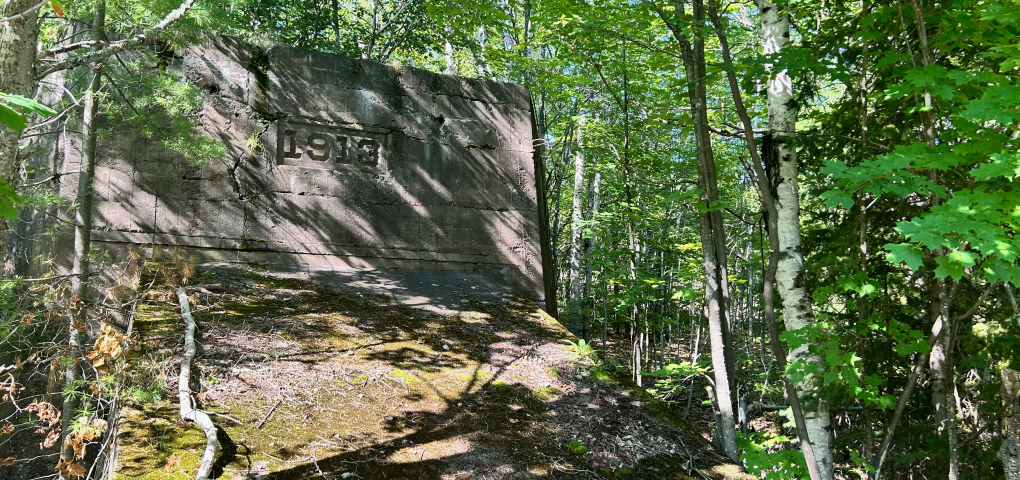
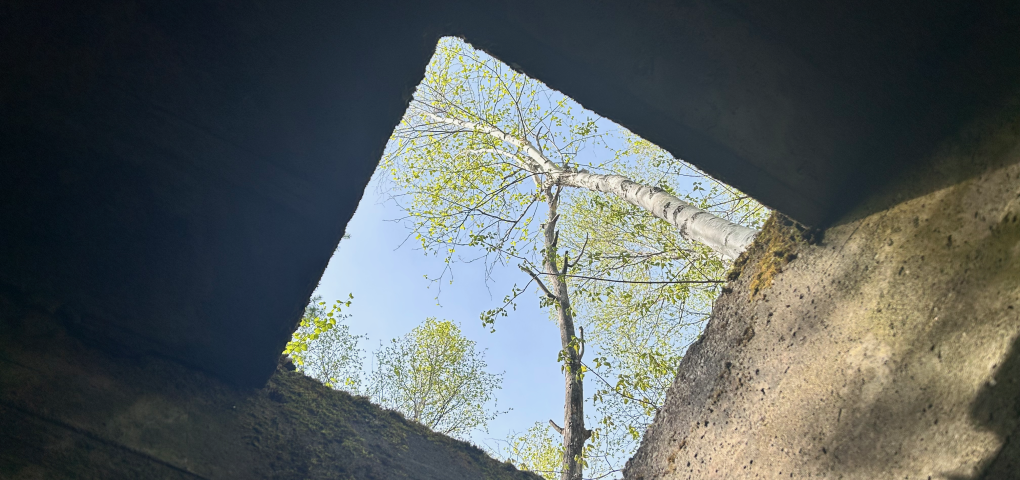
Activities
Amenities
Highlights
Over 0.5 miles of scenic shoreline along Portage Lake
Mining-era ruins including stone foundations, concrete works, and the “1913” wall
Forested dunes, wetlands, and coves rich in biodiversity
Opportunities for paddling, hiking, and nature viewing
Educational themes around geoheritage, industrial history, and native habitat restoration
Planning your visit
Point Mills is open year-round for low-impact, non-motorized recreation. Visitors can hike wooded trails, explore shoreline coves, and experience industry being reclaimed by nature. Swimming and paddling access is available along the water trail, with informal launch points and hardened shoreline landings. Please respect posted signage, avoid disturbing historical structures, and follow Leave No Trace principles. Parking is available at roadside pull-offs, with gates in place to prevent unauthorized vehicle access. Keep an eye out for interpretive signs and future events hosted by the Land Trust and its partners.
Please note that this is a former industrial site, and while much has been cleaned up, the landscape still contains remnants of its mining past. Visitors should watch their step around uneven surfaces, exposed rebar, rusted metal, and occasional broken glass. The site is a work in progress—garbage is being gradually removed, but some hazards will remain as part of its historical character. Respect posted signage, avoid disturbing historical structures, and follow Leave No Trace principles during your visit.
Why this place is special
Point Mills is a rare landscape where nature and history coexist in striking harmony. Once the site of a bustling copper stamp mill, the land now tells a layered story of industrial legacy and ecological resilience. Moss-covered ruins and weathered concrete structures emerge from second-growth forests and wetlands, offering a powerful visual of the Keweenaw’s mining heritage slowly being reclaimed by time. Its quiet coves, rolling dunes, and wildlife-rich habitat provide a peaceful retreat just minutes from town, while also serving as a living classroom for geology, history, and restoration. It’s a place to reflect on the past, experience the present, and imagine what renewal can look like.
This property was generously donated as a memorial for Thomas Newill Smith and Helen Holman Smith by their daughters.
